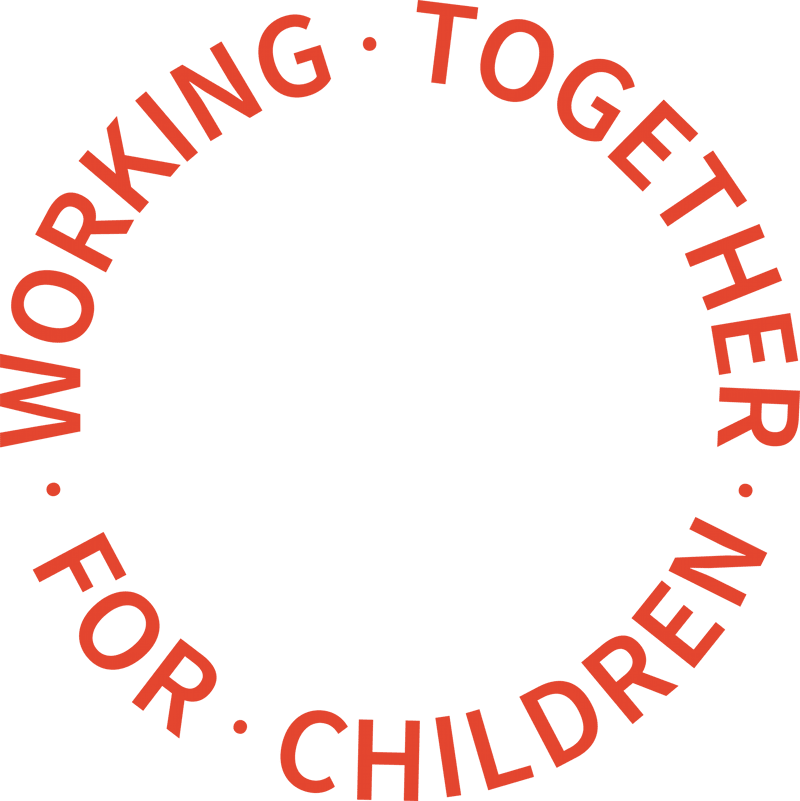Teenage girls aged between 11 and 13-years-old are increasingly at risk from online sexual predators, the Internet Watch Foundation warns in its annual report.
Teenage girls and their parents are being warned about the dangers of being groomed online by sexual predators in a new hard-hitting campaign backed by the Home Office and Microsoft as new figures show 11-13- year-old girls are at more risk than ever before.
Susie Hargreaves OBE, Chief Executive of the IWF, said: “The scale of the problem is appalling, and our fear is without intervention it will get worse, and more and more girls will fall victim to this pernicious and manipulative form of abuse.
“This is a pivotal time. With more people spending more time online, predators are finding new ways to contact and manipulate children who are, in many cases, a captive audience at home with their devices. Lockdown has made this worse.
“Some of the campaign is shocking. But the threat and the abuse is shocking. We don’t want to frighten people, but we do want to build resilience to the threat of self-generated sexual abuse of children. We want to help teenage girls to recognise the actions that constitute self-generated sexual abuse as abuse.
“We want them to feel empowered to take control, and to understand how to deal with inappropriate requests and report them to a trusted source,” she added.
The IWF’s annual report reveals:
- There were 153,350 reports of child sexual abuse material in total in 2020.
- Of those, there were 68,000 cases of self-generated imagery.
- This accounts for nearly half (44%) the imagery IWF took action on last year.
- This is a 77% increase on 2019’s total of 38,400 reports which included “self-generated” material.
- In 80% of these cases, the victims were 11- to 13-year-old girls.
The annual report reveals that predators groom, bully, and coerce their victims into filming their own sexual abuse on internet enabled devices, often in the child’s own bedrooms in their family homes. The images and videos of this abuse are then shared widely online.
IWF experts, who work internationally to find and remove child sexual abuse material from the internet, warn this abuse now, for the first time, makes up almost half of what they are finding online.
Home Secretary Priti Patel said: “The scale and severity of online child sexual abuse is shocking, and highlights the importance of our proposed Online Safety legislation requiring technology companies to keep their users safe online, particularly children.
“But these companies should not wait for legislation to be in place before they take action to address these abhorrent crimes. The Government has already set out vital steps the tech giants can take to stop sick predators operating on their platforms.
“I welcome the Internet Watch Foundation’s report and continued drive to make the UK the safest place in the world to be online,” she added.
In the campaign, “Gurls out loud”, teenage girls will be empowered to recognise offenders' behaviour and take action. The campaign will target teenage girls through social channels including Instagram, Snapchat, TikTok, YouTube, and Google display.
Tink Palmer, CEO of the Marie Collins Foundation, a charity which works to help victims of child sexual abuse and their families, said the impact of this sort of grooming and abuse is serious and can have long standing impacts.
She said: “In many cases it is pre-pubescent children who are being targeted. They are less accomplished in their social, emotional and psychological development.
“They listen to grown-ups without questioning them, whereas teenagers are more likely to push back against what an adult tells them.”
She added: “What we hear from victims is that they felt what they were doing was wrong but felt forced to do it.
“They are likely to feel confused. If it’s a fearful situation, that will be something they carry forward and will, almost inevitably, cause problematic behaviours or understandings about relationships.”
The campaign will also aim to raise parental awareness of the issue, and to motivate parents to educate themselves on actions they can take to protect their children.
As part of the linked “Home Truths” campaign aimed at parents, a televised advert will depict a queue of adult sex predators lining up outside a house, before progressing inside and upstairs to a child’s bedroom, with the child’s parents oblivious to the open door to abuse in their own home.
Andy Burrows, Head of Child Safety Online Policy at the NSPCC, said: “This report shows the sheer scale of gendered abuse online and the worrying growth in offenders exploiting platforms popular with teenage girls to coerce them into sending self-generated images.
“The IWF’s work to detect this abuse is vital when our own research shows that more than 4 in 5 grooming offences involve girls, but we also need a broader strategy to detect and disrupt abuse at an early stage.
“The government can prioritise tackling gendered abuse and self-generated images by ensuring its Online Safety Bill compels tech firms to do more to prevent sexual abuse taking place on their platforms and holds managers who fail liable for dangerously designed products.”
Parents are encouraged to T.A.L.K to their children about the dangers.
Talk to your child about online sexual abuse. Start the conversation – and listen to their concerns.
Agree ground rules about the way you use technology as a family.
Learn about the platforms and apps your child loves. Take an interest in their online life.
Know how to use tools, apps and settings that can help to keep your child safe online.
Read the full annual report here.
Find out more about the Gurls Out Loud campaign here.
Find out more about the Home Truths campaign.


